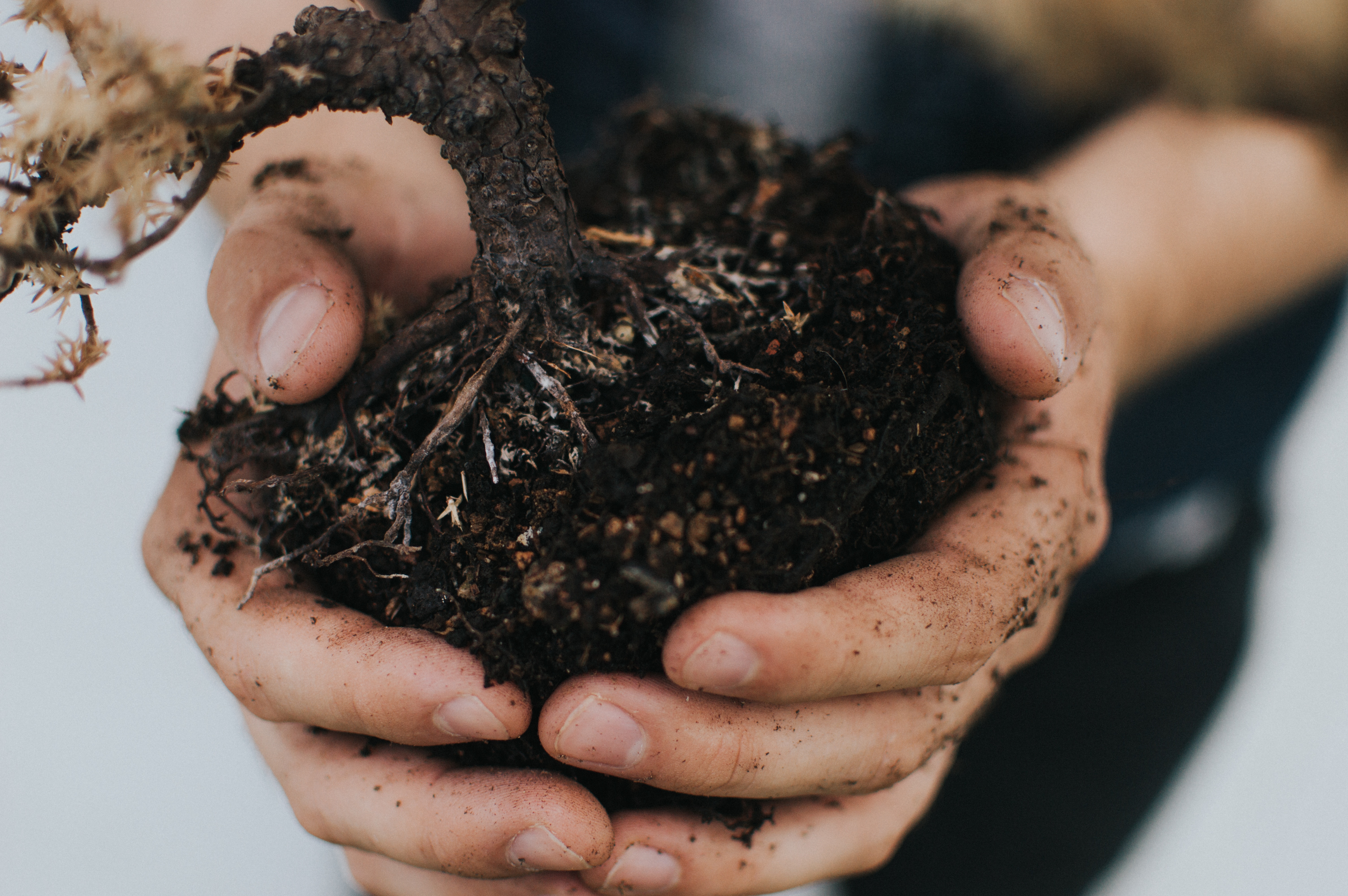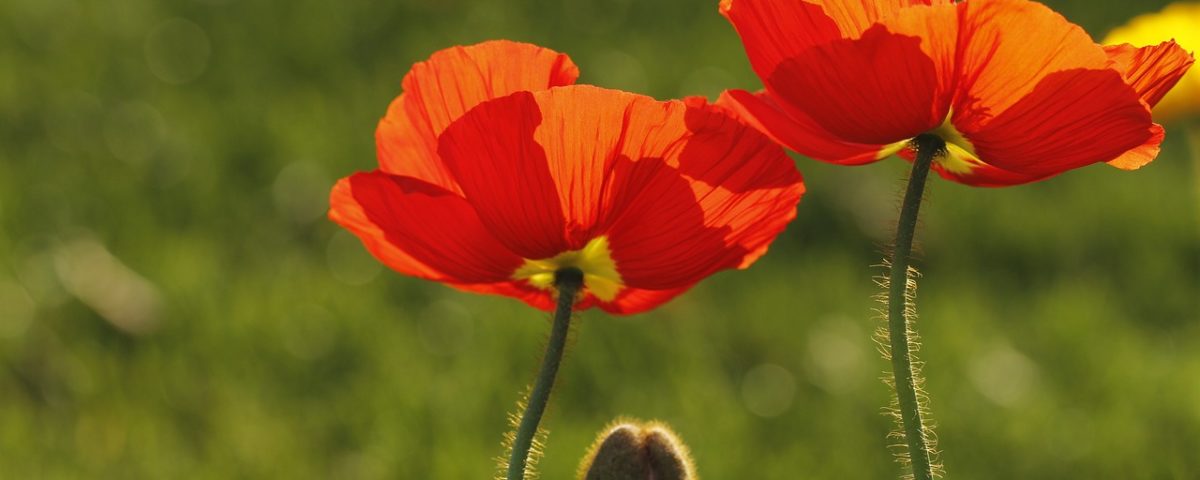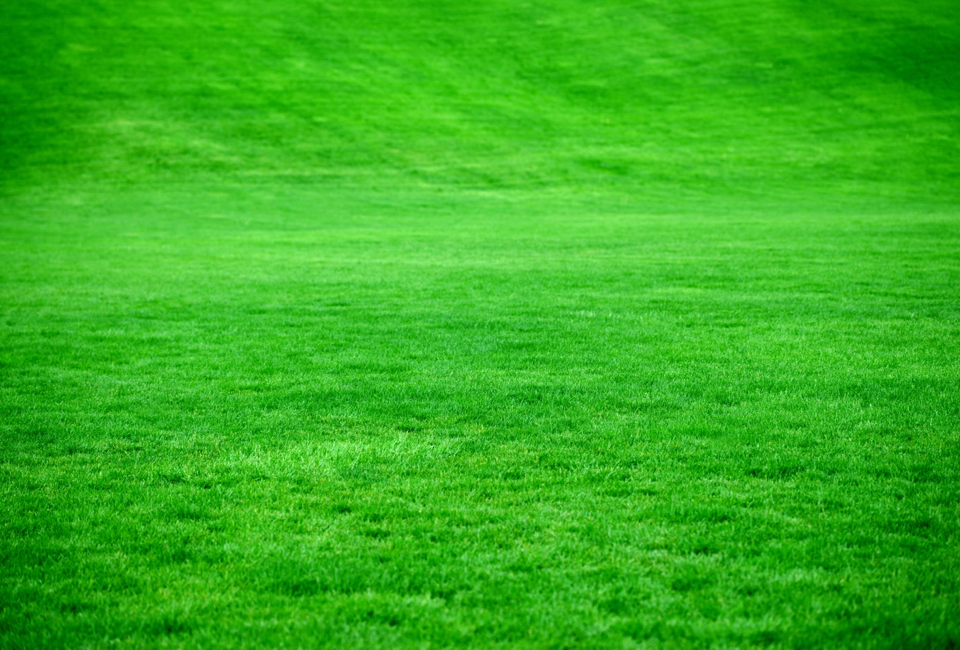
How to Keep Your Plants Healthy During the Winter
October 11, 2019
What Makes Up Topsoil?
October 11, 2019If you are someone that enjoys handling their own landscaping activities, the chances are one of your main goals is to ensure everything always looks its best. Keeping up with your landscaping requires dedication, effort, and creativity. Growing plants and flowers that illuminate your landscape means you will need to constantly keep an eye on them and be conscious of the seasons. Flowers and plants will die off from time to time again, which can be a big detriment to the appearance of your landscaping. However, there is one landscaping activity you can handle that will help keep your flowers and plants always looking amazing.
Deadheading is the process of removing all of the faded or dead flowers from your plants. You might think that cutting a plant to help it grow doesn’t make any sense, but it’s important to remember just how amazing plant life is. If you want to achieve a healthy and beautiful landscape, you should be deadheading regularly. The trick to deadheading is understanding the right and wrong times to do it. You can cause more harm than good to your plants if you are constantly deadheading them or trying to do it when they aren’t ready. That’s why we’ve put together an article that explains a little more about deadheading and why it is so important for all landscapers. This article is brought to you by Cal Blend Soils, the leading landscape supply company in California. Reach out to us today if you have any landscaping questions or if you would like to purchase landscaping products at a great price.
Deadheading Explained
The idea of cutting your plants while they are still alive might seem counterintuitive to you at first thought. However, deadheading is a great way to keep things looking beautiful and fresh. It’s a fairly simple process that shouldn’t take you too much time, but you certainly want to be careful when you are deadheading to avoid harming the parts of your plants that are still alive. As you notice your plants fading out and showing signs of dead blooms, it’s time to go out and deadhead.
Deadheading is easy, all you need to do is grab a pair of garden clippers and head outside. The goal is to cut the stem beneath the flower heads while not going past the first set of healthy leaves on the plant. Keep in mind that you will likely have multiple deadheads on each one of your plants as they start going out of bloom. You want to deadhead any dead flowers on any of your plants to keep them looking good and to promote new growth. Be careful when you are deadheading to avoid doing any damage to the parts of the pant that are still growing and healthy. Make sure you are checking your plants extensively for signs of new flower buds that might be hidden among the fading blooms.
Why Should You Deadhead?
As we mentioned earlier, deadheading is a great way to keep your landscaping looking great. It’s also a good idea to regularly deadhead your plants because you can help your plants grow healthy and continuously bloom. You can expect an increase in growth performance for all of your plants if you are dedicated to deadheading at the right time. Sometimes, deadheading can feel like a never-ending battle, but it’s absolutely worth it to get into the habit of regular deadheading. New blooms will be spawning regularly thanks to your efforts, so keep that in mind if you are trying to avoid going outside for deadheading. Some of the plants that stand to benefit the most from deadheading include delphiniums, sage, and coneflowers. However, any plant stands to benefit from deadheading. Keep that in mind as you try to achieve your landscaping goals.
The Best Time to Deadhead
When it comes to landscaping, the timing of when you perform certain activities will always play a big role in your overall success. This is especially true when it comes to deadheading, as you want to make sure you are trimming back the dead parts of your plants when they are going out of bloom. Keep in mind that how frequently you deadhead and when you start the process will depend on the type of plant you are working with. As soon as your flowers are blooming and you notice that there are certain flowers that are seemingly beyond their prime, you can start deadheading. Make sure you get into a regular habit of deadheading during the spring and summer months to keep everything looking fresh.
You can also continue deadheading into the fall months, but remember to stop when the weather cools down. That’s because leaving the dead flowers on your plants in the colder months will help them reseed themselves and grow when the weather starts to warm up again. Getting into a regular habit of deadheading will be extremely beneficial for your plants and your landscaping as a whole, so make the effort.
Deadheading is an important landscaping task for anyone out there looking to keep their plants looking beautiful all year long. The benefits are numerous and you don’t have to spend too much time doing it. You have a lot to gain from heading out and trimming back flowers on your plants that seem to be on their way out.
If you have any questions about deadheading or if you would like to speak to a landscaping expert, reach out to Cal Blend Soils today. We offer a massive selection of the best landscaping products to help you achieve all of your goals. Our product can be purchased in bulk at a discount and we offer delivery. Head over to Cal Blend Soils today to learn more!


